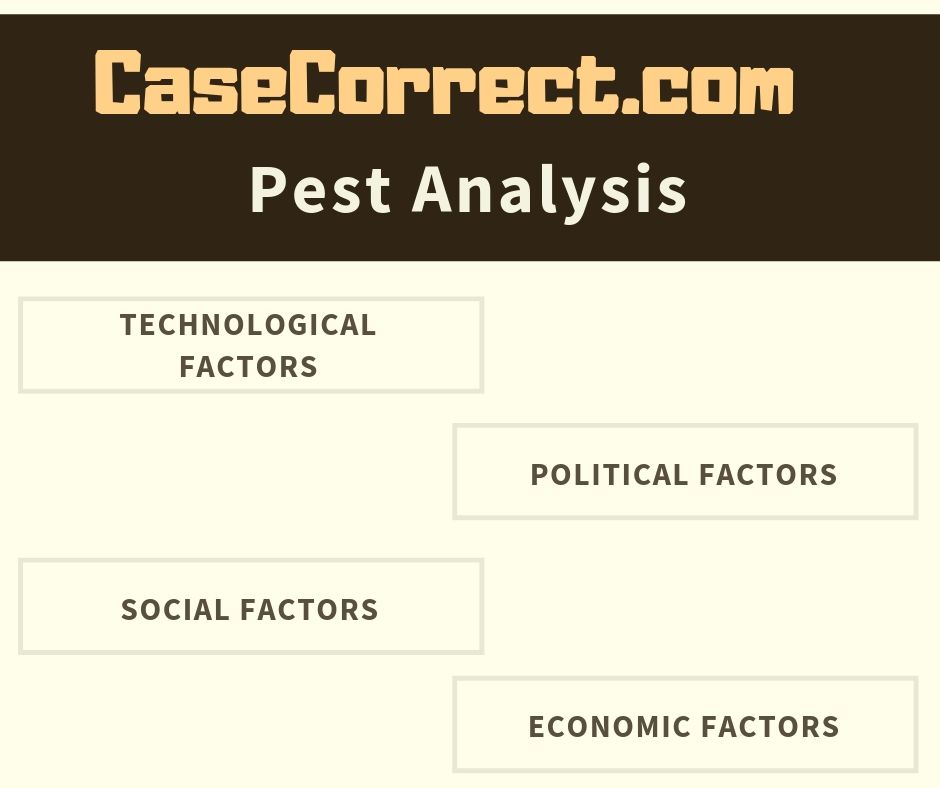The Novartis Malaria Initiative Case Analysis
Introduction
 One of the leading and important remote website food service The Novartis Malaria Initiative Case Study Analysis specifically The Novartis Malaria Initiative Case Study Help is based in Oakville, Ontario. The The Novartis Malaria Initiative Case Study Analysis has actually been involved in the extremely competitive process of bidding.
One of the leading and important remote website food service The Novartis Malaria Initiative Case Study Analysis specifically The Novartis Malaria Initiative Case Study Help is based in Oakville, Ontario. The The Novartis Malaria Initiative Case Study Analysis has actually been involved in the extremely competitive process of bidding.
The case is happening in year 20166 in Ontario, china. The case is happening to assess the financials for the purpose of winning the bid for the Gregory Mine.
Key Decision (Problem or Opportunity) Considered by Stakeholders
The key stakeholders of the The Novartis Malaria Initiative Case Study Help Incorporation is the chairman and CEO namely Thomas young. The growth of the Remote Website Food Service Industry is estimated to be lowered by 7% in the upcoming years. It is to notify that the stakeholders at the The Novartis Malaria Initiative Case Study Analysis Incorporation needed to decide about grabbing the brand-new market opportunity in which the CEO and chairman of the The Novartis Malaria Initiative would be preparing to make the quote for housekeeping, catering and janitorial services for the Gregory Mine.
 When making choice in order to handle the problem that has pertaining from the chance pointed out above, it is understood that there is a fierce and strong in the competitors Remote Food Service Industrywhich leads towards extremely competitive procedure of bidding specifically in closing bidding, so the CEO of the The Novartis Malaria Initiative Case Study Analysis had confronted with the concern of making the financial analysis to make the bid either it could compete with the market competitors and will stay worthwhile in the market or not.
When making choice in order to handle the problem that has pertaining from the chance pointed out above, it is understood that there is a fierce and strong in the competitors Remote Food Service Industrywhich leads towards extremely competitive procedure of bidding specifically in closing bidding, so the CEO of the The Novartis Malaria Initiative Case Study Analysis had confronted with the concern of making the financial analysis to make the bid either it could compete with the market competitors and will stay worthwhile in the market or not.
Internal Analysis
The assessment of the The Novartis Malaria Initiative Case Study Analysis's strength and weak point would be used to assess the competitive position of the The Novartis Malaria Initiative Case Study Analysis and developing strategic preparation.
Strengths
The strengths of the The Novartis Malaria Initiative Case Study Help are talked about below;
The Novartis Malaria Initiative Case Study Analysis has more than 20 years of appropriate competence and experience in the food market.
 It has a positive and strong company relationship with the client as well as clientswhich the The Novartis Malaria Initiative Case Study Solution has actually established by utilizing its resources
It has a positive and strong company relationship with the client as well as clientswhich the The Novartis Malaria Initiative Case Study Solution has actually established by utilizing its resources
The The Novartis Malaria Initiative Case Study Solution has participated in different successful mergers and joint endeavors initiative, which have actually resulted in increased market share, strengthened market image, increased capacity and market access.
The main customer of the The Novartis Malaria Initiative Case Study Help is mining companies that have contributed to the revenues of The Novartis Malaria Initiative Case Study Solution around 90%.
Weaknesses
The weak points of the The Novartis Malaria Initiative Case Study Analysis are talked about listed below;
The The Novartis Malaria Initiative Case Study Analysis has no backup plan so to reveal the constant reduction in the future development.
The CEO and the chairman of the The Novartis Malaria Initiative Case Study Solution has been tiring with their retirement strategies, thus reluctant and hesitant to find the services for The Novartis Malaria Initiative Case Study Solution's lowered growth and reduced profits returns.
 The Compass Group PLC has threatened the The Novartis Malaria Initiative Case Study Help in such a way of catching the Remote Site Food Industry market.
The Compass Group PLC has threatened the The Novartis Malaria Initiative Case Study Help in such a way of catching the Remote Site Food Industry market.
The Aramark Corporation has actually threatened the The Novartis Malaria Initiative Case Study Analysis in such a way of expanding in Canadian's Remote Website Food Industry market.
The The Novartis Malaria Initiative Case Study Solution has dealt with the intense competitors from the Sodexo SA.
Drivers in the Canadian Mining Industry as a Threat or Opportunity?
The key chauffeurs in the Canadian mining market functions as a risk or chance are evaluated below;
A reduction in crude oil prices / barrel
Substantially, the primary export of Canada is the crude oil and throughout the year in between 2014 and 2016, the rates of petroleum per barrel has lowered around 75.4 percent. The decline in the rates of crude oil would most likely cause reduction in the development of the Canadian petroleum industry as a whole, which would also lead to the decline in growth of remote website food service industry as a whole.Apart from the danger, the around the world demand for the petroleum would be increasing which develops significant opportunity for the The Novartis Malaria Initiative Case Study Solution.
Decline in Precious metal prices
The primary export product of Canada is precious metal and throughout the years in between 2010 and 2016, the prices of the rare-earth element has reduced around 18 percent. The reduction in the precious metal prices would probably result in the decrease in the growth of the Canadian's precious metal market, also result in the reduction in the growth of the remote website food service industry as a whole. Apart from the hazard, the around the world need for the precious metal purchases would be increasing which produces significant chance for the The Novartis Malaria Initiative Case Study Analysis.
Volatility in prices and demand of Iron Ore
 The iron ore is among the primary exports in Canada and the rates of the iron ore has actually declined around 63 percent. Such reduction in the rates would cause the decrease in the growth of Canadian Iron ore industry as a whole which develops hazard for the The Novartis Malaria Initiative Case Study Help.
The iron ore is among the primary exports in Canada and the rates of the iron ore has actually declined around 63 percent. Such reduction in the rates would cause the decrease in the growth of Canadian Iron ore industry as a whole which develops hazard for the The Novartis Malaria Initiative Case Study Help.
Risk of exchange rate
Over the previous decade, it is to keep in mind that the Canadian dollar has depreciated versus the United States dollars around by 20 percent which in turn would result in the decrease in the future development of mining industry as an entire, not only this it would also lead to the decline in the growth of the remote site food service industry, for this reason creating risk for the The Novartis Malaria Initiative Case Study Solution.
Competitive Analysis
There are different rivals of The Novartis Malaria Initiative Case Study Solution Providers Ltd. Which includes Sodexo SA, Aramark Corporation and Compass Group PLC. These competitors develops competitive threat for the The Novartis Malaria Initiative Case Study Solution through strive to steal the market share of the The Novartis Malaria Initiative Case Study Analysis to reinforce their foothold in the market and to make the most of the market share.
Sodexo SA
It is a multinational corporation established in 1966 based in Paris, France. Sodexo SA is concentrated on serving health centers, local schools in addition to restaurants. It has actually been running in around 870 nations. Since, the Canada remains in environments of France, making it easy for the Sodexo SA to capture the food market in Canada at any time in upcoming years. So, the risk or competitors intensity is low.
Aramark Corporation
Aramark Corporation is among the greatest corporation in the remote site food service industry established in 1959 based in Philadelphia, United States. It is participated in providing its food and assistance services to sports, business, healthcare, education and correlational markets in around 21 countries. Given That, Aramark Corporation is the marketplace leader in providing the professional services to its clients, there is a probability that the The Novartis Malaria Initiative Case Study Help would go towards exploiting the growth resources and opportunities, thus developing medium level hazard for The Novartis Malaria Initiative Case Study Analysis.
Compass Group PLC
The Compass Group PLC is an international conglomerate founded in the year 1941 based in Chertsey, England. One of the subsidiary of Compass Group PLC particularly Eurest dinning services which has actually gotten the favorable response from the Listeria Monocytogenes in Ontario jails, this appeal would permit the The Novartis Malaria Initiative Case Study Analysis to record the Ontario market in upcoming years, hence creating high level hazard for The Novartis Malaria Initiative Case Study Solution.
Ratio Analysis for The Novartis Malaria Initiative Case Study Solution.
The ratio analysis has carried out in order to examine the monetary health and state of the The Novartis Malaria Initiative Case Study Help. The display shows that the The Novartis Malaria Initiative Case Study Solution's overall sales growth has been reducing over the period of time. This is due to the fact that of the downfall of the market and the decreasing trends towards the The Novartis Malaria Initiative Case Study Help.
It can be seen that the operating earnings margin of the The Novartis Malaria Initiative Case Study Help is minimizing from 21 percent to 17 percent due to the major decrease in the sales of the The Novartis Malaria Initiative Case Study Solution. The net earnings margin of the The Novartis Malaria Initiative Case Study Help has been increasing from 11 percent to 21 percent which states that the The Novartis Malaria Initiative Case Study Analysis has actually effectively cut the non-operating expense in the downfall of the industry.
Differential Analysis
The differential analysis is carried out showing the cost and earnings associated with each of business system and an operating make money from each system. The computations are based upon 2 years and each yearly revenue and cost is multiplied by 2 in order to get the overall cost and earnings for 2 years contract. A differential analysis for all three organisation units are supplied in exhibition.
It can be seen that the operating revenue generated from the housekeeping units is negative. The factors for the unfavorable operating revenue is the low amount that is battery charger daily per individual for the housekeeping service i.e. $75, for that reason the total project's operating profit is $1720942.
Return on Investment and Payback Period
 The financial investment for the task includes cleansing equipment, consistent purchased and linens. It can be seen that the return on financial investment for the project is 457 percent and the repayment period for the project is 0.21 years.
The financial investment for the task includes cleansing equipment, consistent purchased and linens. It can be seen that the return on financial investment for the project is 457 percent and the repayment period for the project is 0.21 years.
